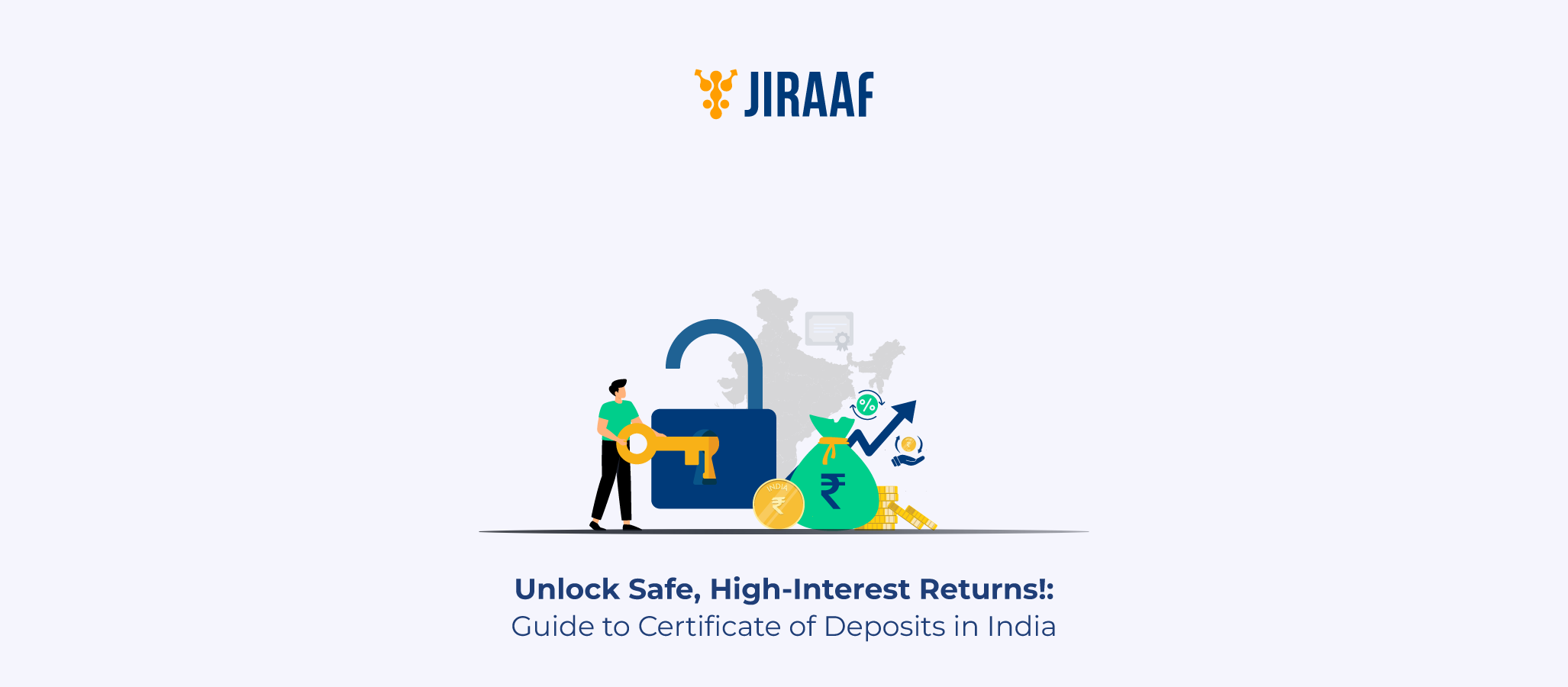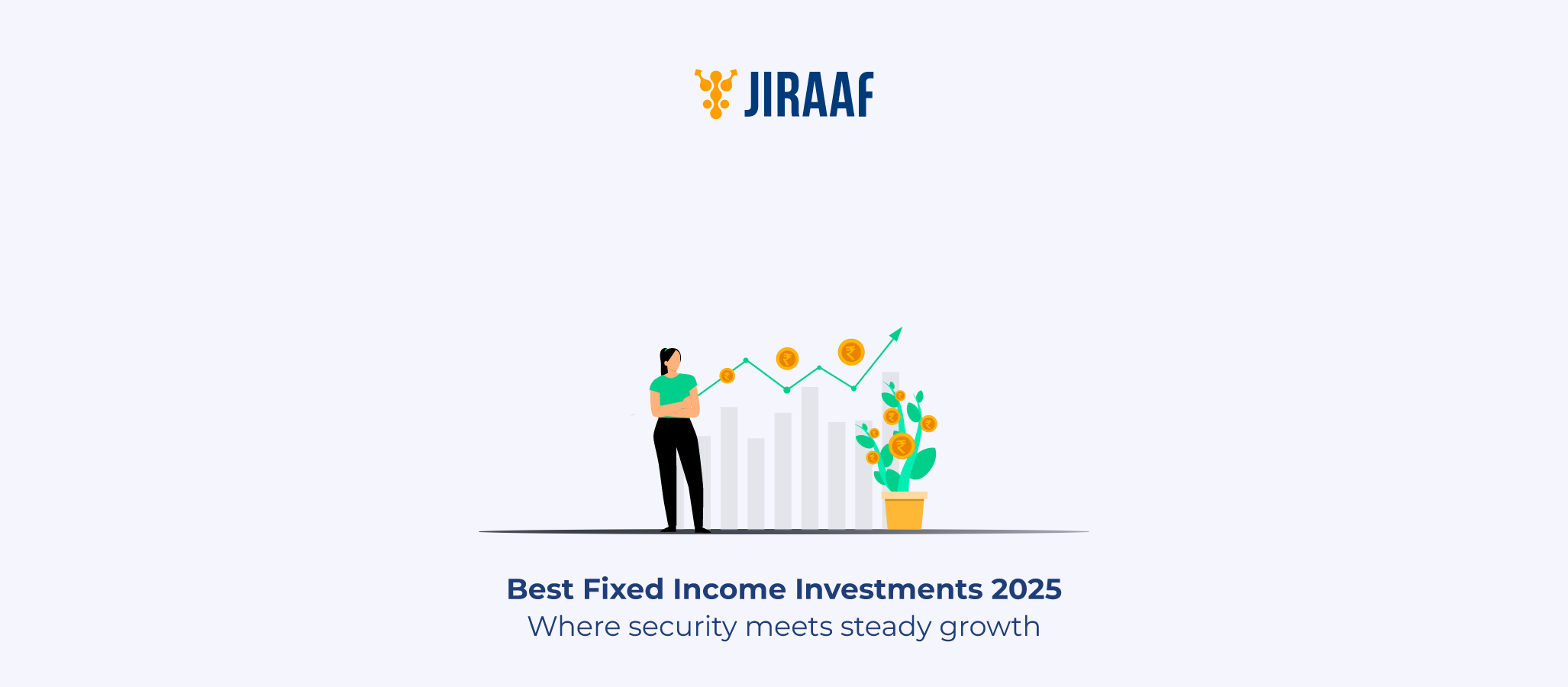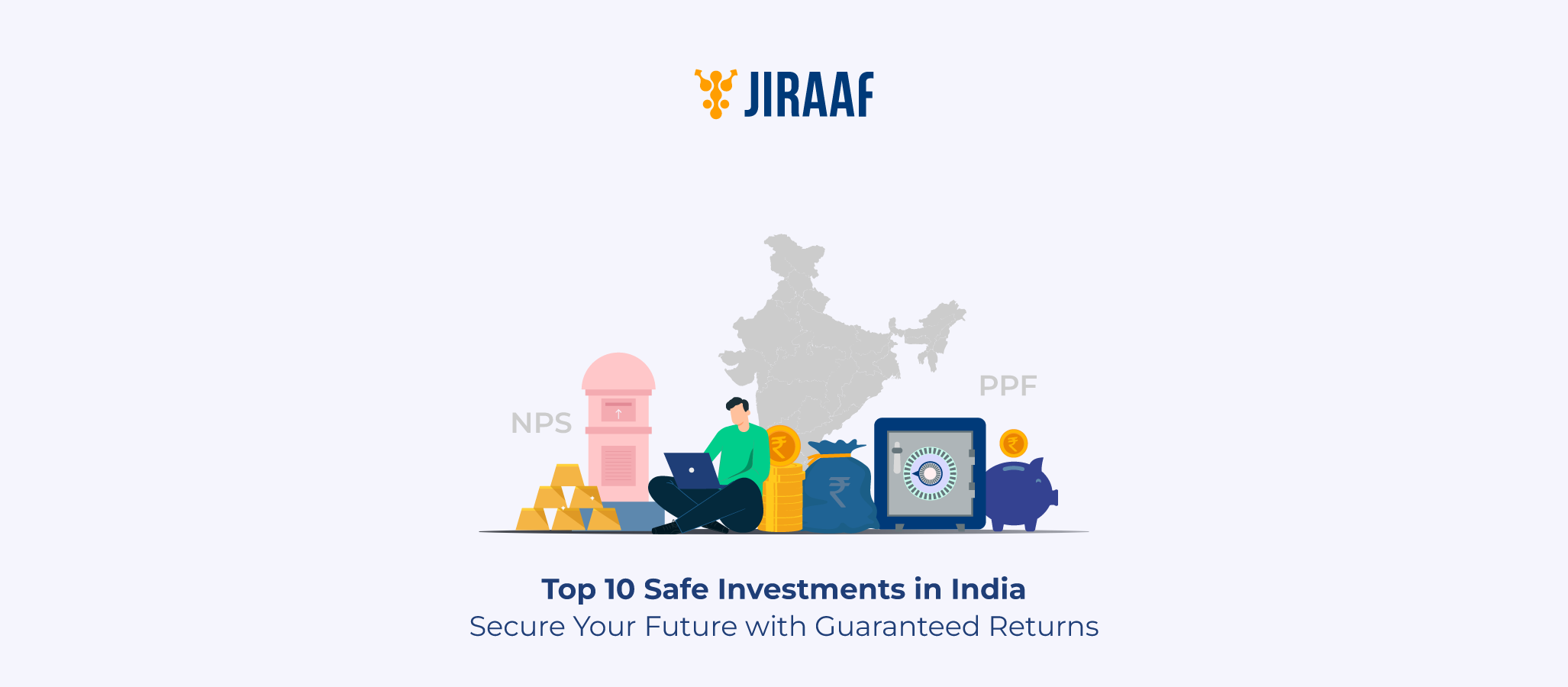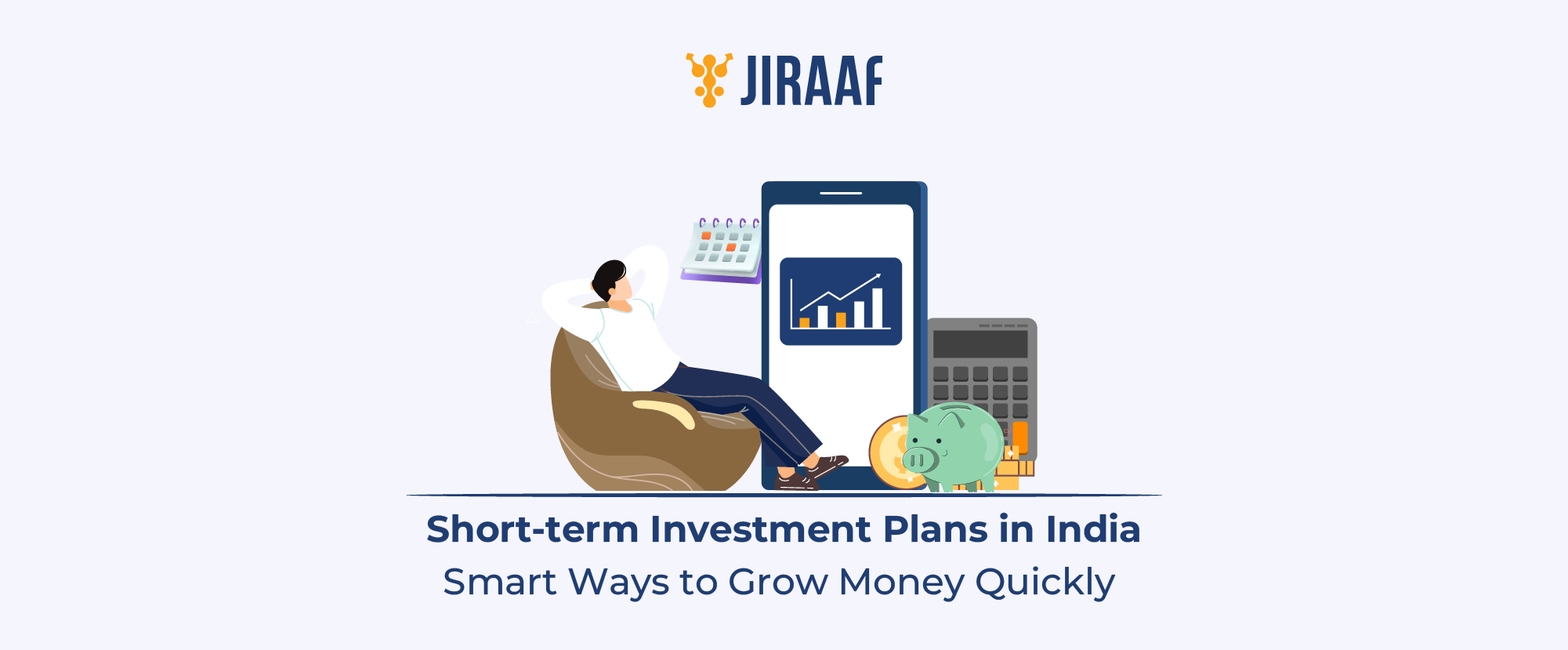You have worked hard your entire career, but how can you ensure that you are getting the most out of your retirement savings? Beyond the statutory 12% payment to your Employee Provident Fund (EPF), you may be forgetting an extremely helpful tool: the Voluntary Provident Fund (VPF). VPF allows you to contribute any additional amount—up to 100% of your basic salary + dearness allowance – over and above the EPF, providing a tax-efficient, risk-free way to enhance your retirement savings. In this blog, we will learn about what VPF is, how it compares to EPF, current interest rates, perks, the quick setup process, tax treatment, and who stands to benefit the most from VPF.
What is Voluntary Provident Fund (VPF)?
The Voluntary Provident Fund (VPF) is an extension of your existing Employees’ Provident Fund (EPF) account that allows you to contribute more than the mandatory 12% of your basic salary and dearness allowance (DA). With VPF, you can voluntarily contribute any additional amount – up to 100% of your basic pay and DA – into the same EPF account. This additional contribution is entirely from your side, and your employer is not required to match it.
Despite being voluntary, VPF enjoys the same interest rate, tax benefits, and withdrawal rules as EPF. Since it does not require opening a separate account and allows disciplined long-term savings, VPF is a popular choice among salaried employees looking to boost their retirement corpus with minimal effort.
VPF vs EPF: A Comparison
Although both sit under your EPF account, here’s how VPF and EPF differ:
| Feature | EPF (Mandatory) | VPF (Voluntary) |
| Contribution | 12% of basic + DA (employee & employer). | Employee-determined extra amount. |
| Interest rate | Same for both. | Same as EPF. |
| Section 80C deduction | Yes, up to ₹1.5 lakh. | Yes, under the same limit. |
| Withdrawal lock-in | Five years. | Same 5-year lock-in. |
| Interest taxation | Taxed on excess interest >₹2.5 lakh. | The same rules apply for VPF + EPF combined. |
VPF Interest Rate in 2025
Every year, the VPF interest rate is disclosed and is comparable to the EPF interest rate:
- For fiscal years 2024–2025 and 2025–2026, 8.25% annually.
- This steady, government-backed rate is better than a lot of small savings and fixed deposit options.
- The rate of VPF has historically ranged from 8.25% to 8.65%, making it one of the greatest low-risk savings options out there.
Benefits of Investing in Voluntary Provident Fund
Here are some compelling reasons to think about boosting your contributions:
- Promised & appealing returns: Without being constrained by credit risks or market fluctuations, you are receiving 8.25%. That outperforms the majority of minor savings and tax-saving FD plans.
- Government-backed security: The Employee Provident Fund Organization (EPFO) oversees the Government-Backed Security VPF, which is almost risk-free due to its sovereign backing and safety.
- Efficiency of taxation (EEE Status): Contributions, interest, and withdrawals (after five years) are tax-free if you are in an exempt status. Up to ₹1.5 lakh in VPF contributions are eligible under Section 80C. Interest earned beyond ₹2.5 lakh in both EPF and VPF is subject to taxes.
- Simple & convenient: Simply request your HR department. There is no need for separate accounts or documentation because deductions begin automatically.
- Disciplined locked in: Long-term savings are encouraged by a statutory 5-year lock-in, which deters impulsive withdrawals.
- Flexible options for loans and withdrawals: Withdrawals made before five years are subject to tax penalties; however, withdrawals made after that time are subject to the regular withdrawal guidelines of the EPF. After a specific service period, you can also use your EPF balance to take out loans.
- Automatic transfers: Your Universal Account Number (UAN) ensures that your VPF contributions move seamlessly with you when you change jobs, allowing for easy continuity and management of your retirement savings without the need to open a new account.
How to Open a VPF Account: Step-by-Step Guide
Setting up a VPF follows a rather simple process:
- Ensure EPF eligibility
You must already be enrolled in EPF through your employer.
- Request to HR/payroll
Submit a signed form indicating your desired VPF contribution percentage or amount.
- Employer payrolls update
Your employer adjusts your salary structure and initiates monthly deductions alongside EPF.
- Track deductions in the payslip
Confirm VPF is deducted regularly from your basic + DA.
- Verify via EPFO/UMANG portal
Check your passbook online to confirm contributions under the same UAN.
- Manage job transfers
Your VPF balance transfers automatically when changing jobs.
- Request withdrawal
After completing 5 years or upon retirement/resignation, submit Form 31 for withdrawal or loans as needed.
Tax Exemptions Available Under VPF
- Section 80C Deduction: Up to ₹1.5 lakh can be claimed as VPF under Section 80C.
- EEE Tax Status: As long as the total yearly contribution does not exceed ₹2.5 lakh, all three stages – contribution, interest, and withdrawal – are tax-free.
- Interest Over ₹2.5 Lakh: Interest on overpayments is subject to annual taxation based on your slab.
Who Should Consider Investing in VPF?
You might gain the most if you fall under the following categories:
- You want to save a lot of money without making dangerous investments because you are in a high tax bracket.
- You choose government-secured returns because you are risk-averse.
- You can lock in funds for five years and don’t need short-term liquidity.
- You want a daily savings solution that is passive and does not involve any additional accounts or planning.
Drawbacks and Limitations
Even though VPF is great, you should know of the following constraints.
- Liquidity constraints: Locked in for five years, which could limit your options if you need money sooner.
- Tax on excess interest: Interest paid on both EPF and VPF that exceeds ₹2.5 lakh annually is subject to tax.
- Contribution cap: You cannot opt in if you are self-employed; you can only contribute if you are salaried with EPF eligibility.
- Uniform interest rate: Despite its high stability, the flat rate lacks distinction between market stages and offers limited upside potential.
Conclusion
The VPF puts you in a terrific position to greatly increase your retirement savings. It removes the uncertainty associated with market-facing investments and provides a safe, automated, and tax-efficient way for you to allocate a larger portion of your income. VPF should be at the top of your financial roadmap because of its sovereign-backed 8.25% returns, EEE tax treatment, and easy approach. Just keep in mind the 5-year lock-in and the excess interest tax regulations; with careful preparation, it can be a successful long-term wealth-building strategy.
Discover fixed income investments with Jiraaf, a SEBI registered online bonds platform that educates and brings access to a wide array of bonds. Sign up today to explore diversified fixed income investment opportunities to support your goal-based wealth creation journey. Start investing!









